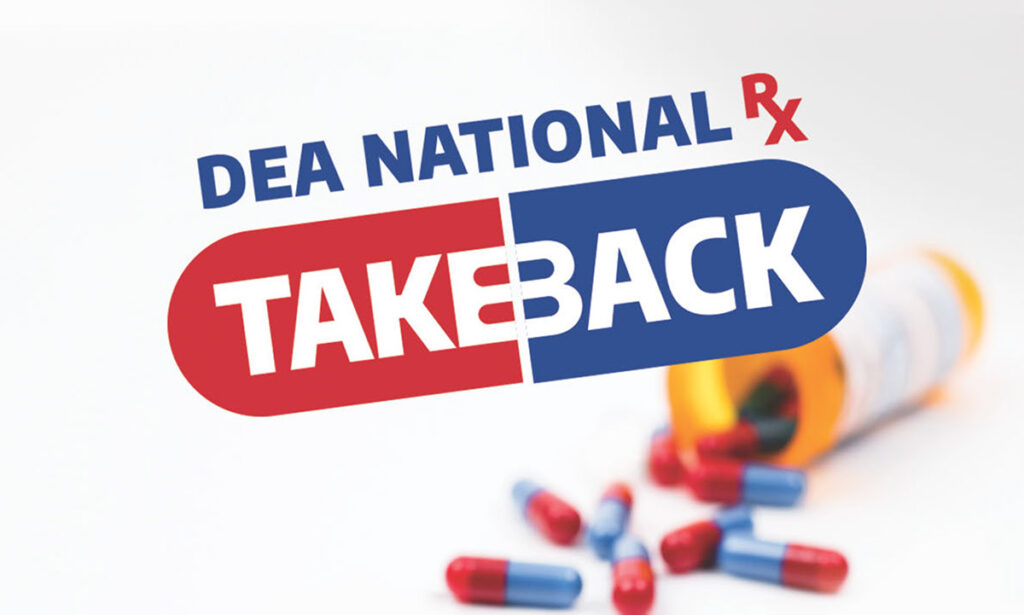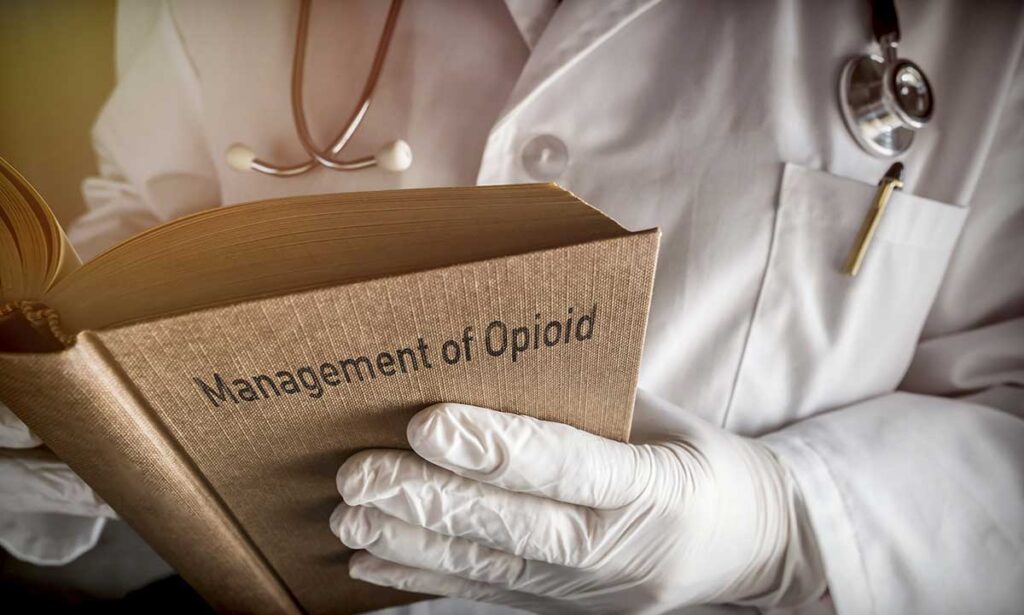Percocet, a widely used opioid painkiller, has been a lifeline for many in managing acute pain. However, its potency also brings a significant risk of opioid dependence and addiction. Understanding withdrawal, its timeline, and effective rapid Percocet detox treatment, is crucial for those grappling with opioid use disorder.
What is Percocet?
Percocet is a prescription medication that combines two powerful components: oxycodone, a potent opioid pain reliever, and acetaminophen, commonly known for its fever-reducing and mild pain-relieving properties. This combination makes Percocet highly effective for managing moderate to severe short-term pain.
Typically prescribed for alleviating acute pain following surgery or significant injuries, Percocet serves as a potent pain management solution. However, due to the strong analgesic properties of its active ingredient, oxycodone, healthcare professionals generally advise that its use be restricted to a brief, closely monitored period. This cautious approach is essential to mitigate the risks associated with the high potential for dependency and to ensure safe, effective pain relief.
Percocet Addiction: From Use to Opioid Use Disorder
The Path to Opioid Use Disorder
- Initial Use to Dependence: Percocet, initially prescribed for pain relief, contains oxycodone, a powerful opioid. Regular or prolonged use of Percocet can lead to the development of tolerance, where the body requires higher doses to achieve the same pain-relieving effects. This escalation can inadvertently pave the way to physical dependence.
- Crossing into Addiction: Physical dependence on Percocet can evolve into an opioid use disorder, a medical condition characterized by the compulsive use of opioids despite harmful consequences. It’s a complex transition where the need to use Percocet becomes a psychological drive, surpassing its original purpose for pain relief.
- The Role of Brain Chemistry: Opioids like oxycodone act on the brain’s reward system, releasing an excess of dopamine, which creates a sense of euphoria. Over time, the brain starts relying on the drug to trigger these feel-good chemicals, contributing to the addiction cycle.
Recognizing Signs of Substance Abuse and Addiction
- Behavioral Changes: Changes in behavior, such as increased secrecy, social withdrawal, or a noticeable decline in performance at work or school, can be red flags.
- Physical Symptoms: Look for signs like drowsiness, constricted pupils, changes in sleep patterns, and unexplained weight loss or gain.
- Psychological Indicators: Increased anxiety, irritability, or shifts in mood can also indicate a developing addiction.
By understanding the trajectory from Percocet use to addiction and recognizing the importance of seeking professional help, individuals can take informed steps toward recovery and a healthier future.
For the most successful rapid opioid detox treatment call us today!
See how our medically assisted detoxification program combines clinical excellence and a professional, caring environment, so you feel safe and welcome every moment of your stay.1-800-423-2482
Percocet Withdrawal: Understanding the Process and Its Impacts
Withdrawal from Percocet is a significant aspect of opioid dependence and addiction. When a person becomes dependent on Percocet, their body adapts to its presence. Withdrawal symptoms occur when the medication is reduced or stopped, as the body struggles to regain balance without the drug. This process reflects the body’s physical and psychological reliance on Percocet, making cessation challenging.
How Long Does Percocet Stay in Your System
The duration Percocet remains in the body primarily depends on its half-life, the time it takes for half the drug to be eliminated from the system. The half-life of Percocet can vary but typically ranges from 3 to 5 hours. Several factors influence this duration, including:
- Metabolic Rate: Individual metabolic differences can speed up or slow down Percocet clearance.
- Age and Health: Older adults or those with liver or kidney issues may process Percocet more slowly.
- Duration of Use: Long-term use can lead to accumulation in the body, prolonging its presence.
Percocet Withdrawal Timeline
The timeline for Percocet withdrawal can vary based on the duration of use, dosage, and individual physiology. However, a general timeline is as follows:
- 24-72 Hours After Last Dose: Initial symptoms usually begin. These can include muscle aches, restlessness, and anxiety.
- Days 3-5: Symptoms typically peak, with increased intensity. Individuals may experience nausea, vomiting, diarrhea, and high blood pressure.
- Days 6-7: Physical symptoms often start to subside. However, psychological symptoms like depression and cravings may persist.
- Week 2 and Beyond: While most physical symptoms diminish, psychological and emotional challenges like anxiety, depression, and cravings can continue. Post-acute withdrawal symptoms (PAWS) may persist for weeks or months, characterized by mood swings, sleep disturbances, and reduced appetite.
It’s important to remember that withdrawal from Percocet should not be faced alone. Seeking medical advice and support is crucial for a safe and effective detox process.
Rapid Percocet Detox: Effective and Safe Strategies
When addressing the challenge of Percocet dependence, opting for a rapid Percocet detox approach ensures a safe and medically supervised process to eliminate the drug from the body. This rapid detox method is essential for individuals grappling with Percocet addiction, as it helps efficiently manage withdrawal symptoms in a controlled setting.
Navigating the Rapid Detoxification Process
- Medical Supervision for Rapid Percocet Detox: To ensure a safe rapid detox from Percocet, it’s crucial to undergo the process under the care of healthcare professionals. This approach guarantees effective management of withdrawal symptoms and immediate attention to any complications.
- Customized Rapid Detox Plans: Each rapid Percocet detox program is often personalized, taking into account the individual’s duration of Percocet use, dosage, and overall health status.
- Supportive Therapies in Rapid Detox: To complement the rapid detox process, supportive therapies like counseling and nutritional support are provided, enhancing the effectiveness and comfort of the rapid Percocet detox.
Risks of Home Detox from Percocet
- Complications in Non-Supervised Settings: Attempting a Percocet detox at home, without rapid detox protocols, can pose significant risks due to severe withdrawal symptoms that might lead to dehydration, psychological distress, and potentially life-threatening situations.
- Need for Professional Support in Rapid Detox: The absence of medical oversight in a home detox setting increases the risk of complications and relapse, underscoring the importance of a supervised rapid Percocet detox.
Benefits and Process of Medically-Based Rapid Percocet Detox
The rapid detoxification process for Percocet addiction, particularly when medically supervised, presents several significant benefits grounded in medical science. These advantages are crucial for ensuring both the effectiveness and safety of the detox process.
Accelerated Withdrawal Timeline with Medical Precision
- Scientifically Reduced Detox Duration: One of the most significant benefits of a medically-based rapid detox program is the substantial shortening of the withdrawal timeline. This acceleration is achieved through medical protocols that are designed to expedite the body’s elimination of the drug, reducing the overall time spent in detox.
- Clinical Supervision for Safety: This rapid process is closely monitored by medical professionals, ensuring that withdrawal symptoms are managed in a safe and controlled manner, reducing potential health risks associated with prolonged withdrawal periods.
Comprehensive Care for a Successful Recovery
- Accelerated Medical Opioid Detoxification: The process typically includes a medically supervised detox under anesthesia, a method that allows for a more comfortable withdrawal experience. This is because the most intense withdrawal symptoms occur while the patient is under sedation, significantly reducing their conscious experience of discomfort.
- Post-Detox Recovery: Following the detox phase, patients usually spend a period in a specialized recovery facility. This stage is crucial for monitoring and stabilizing the patient’s health, ensuring a smooth transition from detox to the initial stages of recovery.
Elimination of Physical Cravings and Neurological Recovery
- Targeted Approach to Craving Reduction: A key medical benefit of rapid Percocet detox is the targeted approach to mitigating physical cravings. Through medical intervention, the body’s dependence on the opioids is addressed more quickly, helping to reduce the intensity and frequency of cravings.
- Accelerated Nervous System Recovery: Rapid detox protocols are designed to not only cleanse the body of opioids but also to facilitate the recovery of the nervous system. This process helps to restore normal neurological function more quickly, an essential aspect of long-term recovery and relapse prevention.
Personalized Percocet Treatment
Tailored Medical Approach: Recognizing that each individual’s health requirements and addiction history are unique, rapid Percocet detox programs are customized to suit each patient. This personalized approach ensures that the treatment is as effective as possible, addressing specific health concerns and the nuances of each patient’s addiction.
The medically-based rapid detox process for Percocet addiction offers a comprehensive, safe, and effective treatment option. It not only shortens the withdrawal period but does so with a focus on patient comfort, craving elimination, and accelerated neurological recovery, all under the watchful eye of medical professionals. This approach represents a significant advancement in addiction treatment, providing a robust foundation for long-term recovery.








